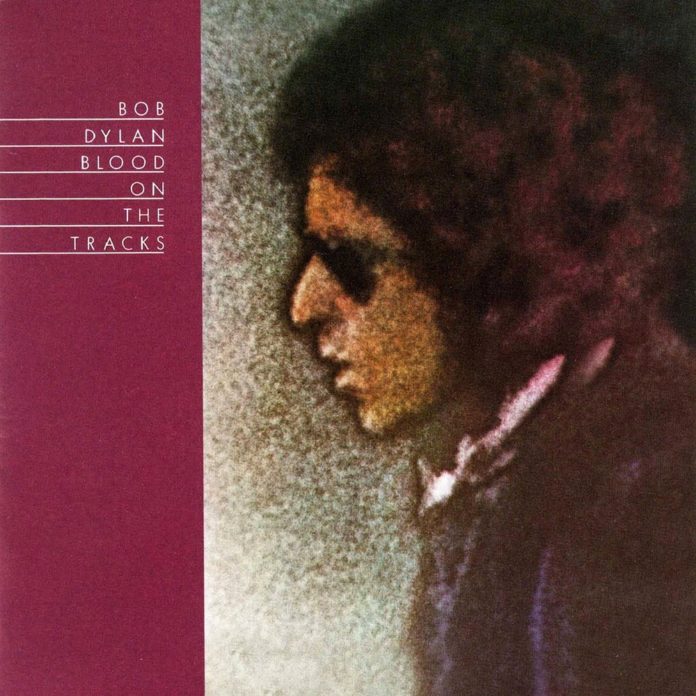Bob Dylan’s Blood on the Tracks is often hailed as one of his greatest albums, known for its emotional depth and raw lyricism. Released on January 20, 1975, the album marked Dylan’s return to Columbia Records after a brief stint with Asylum Records. Though it received mixed reviews initially, Blood on the Tracks has grown to be recognized as a masterpiece. Here are five little-known facts about this iconic album that may surprise even the most die-hard Dylan fans.
1. Half the Album Was Re-Recorded in Minneapolis at the Last Minute
While Dylan first recorded the entire album in New York in September 1974, he wasn’t satisfied with the result. At the urging of his brother, David Zimmerman, who felt the sound was too stark, Dylan re-recorded five of the tracks just weeks before the album’s release. These new sessions took place at Sound 80 studio in Minneapolis, featuring local musicians Dylan had never worked with before. The final album ended up being a mix of both the New York and Minneapolis recordings, creating its distinctive sound.
2. The Album Is Inspired by Anton Chekhov’s Short Stories
Many fans have long speculated that Blood on the Tracks was a deeply personal, autobiographical album, tied to Dylan’s troubled marriage with his then-wife, Sara. However, in his memoir Chronicles: Volume One, Dylan denied these claims and said the album was inspired by the short stories of Russian author Anton Chekhov. This literary influence adds a layer of complexity to the album’s emotional narrative, suggesting that Dylan was drawing on a broader canvas of human experiences rather than just his own.
3. Bob Dylan Learned Open D Tuning from an Irish Folk Song
The haunting acoustic sound of Blood on the Tracks is due, in part, to Dylan’s use of Open D tuning throughout the album. Interestingly, Dylan learned this tuning from Irish folk musician Paul Brady, who taught him how to play the traditional song “The Lakes of Pontchartrain.” This tuning gave the album a distinctive, ethereal quality, fitting the emotional weight of the lyrics.
4. The Album Almost Featured an Electric Band
Before settling on the acoustic-driven sound of Blood on the Tracks, Dylan considered recording the album with an electric backing band. He even met with guitarist Mike Bloomfield, who had previously played on Highway 61 Revisited. However, the session didn’t go as planned. Dylan played the songs too quickly for Bloomfield to keep up, and the idea of using a full band was scrapped. Instead, Dylan opted for a more stripped-down, intimate arrangement that would become a defining feature of the album.
5. The Original Test Pressing Was Released 44 Years Later
When Dylan first completed the album in 1974, Columbia Records produced test pressings featuring the original New York recordings. However, when Dylan decided to re-record half of the album, the test pressing was shelved. This original version, which features different takes of songs like “Tangled Up in Blue” and “Idiot Wind,” became the stuff of legend among fans. Finally, in 2019, the original test pressing was officially released for Record Store Day, giving listeners a glimpse into what Blood on the Tracks could have sounded like before the Minneapolis sessions.
These hidden details offer a new perspective on Blood on the Tracks, an album that continues to blow away listeners nearly five decades after its release.







